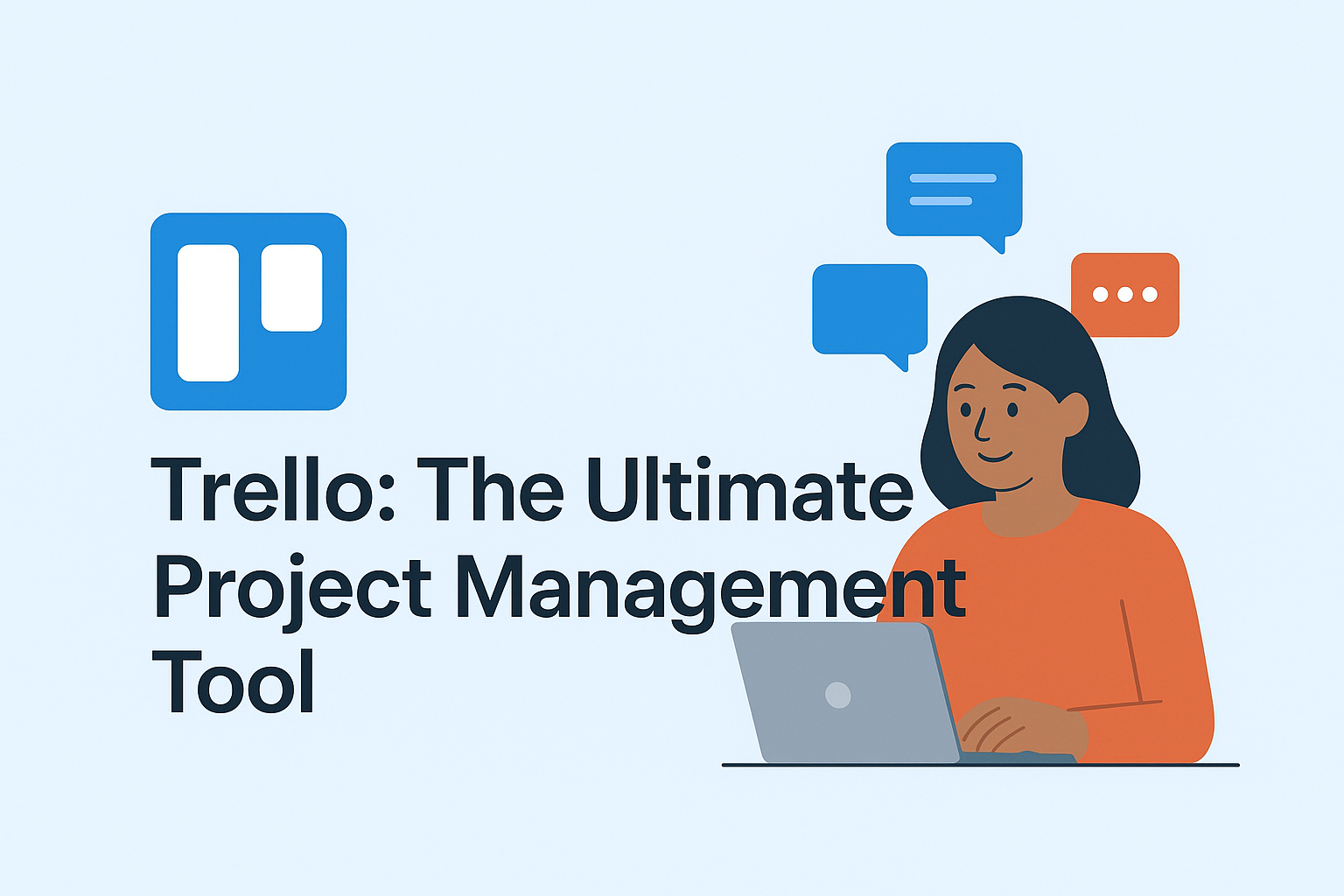In today’s hyper-connected world, cybersecurity automation and AI-powered threat detection are no longer optional — they’re essential. By 2025, the scale of cyber threats has grown dramatically, with hackers using advanced tools like AI to create phishing attacks, malware, and deepfake scams.
For students, employees, and IT companies, protecting sensitive data is now a top priority. The good news? Artificial Intelligence and automation are giving us the tools to fight back — faster and smarter than ever.
Why Cybersecurity Automation Matters in 2025
Traditional manual security monitoring simply can’t keep up with the millions of daily cyberattacks happening worldwide. Automated systems:
- Detect threats in real time
- Block attacks without human intervention
- Learn from past incidents to prevent future breaches
- Reduce workload for IT security teams
According to
, global cybercrime costs will reach $10.5 trillion annually by 2025 — making automation critical.
Benefits for Different Users
For Students
- Secure online learning platforms – Protects login details and personal data.
- AI-based phishing detection – Warns students before clicking on malicious links.
- Safe cloud storage – Keeps notes, projects, and personal files protected.
For Professionals
- Automated email filtering – Identifies and removes harmful attachments.
- Passwordless authentication – Improves security while saving time.
- Real-time data leak alerts – Warns you if your personal or company data is exposed online.
For IT Companies
- Automated network scanning – Finds vulnerabilities before hackers do.
- AI threat intelligence – Tracks emerging cyber threats globally.
- Incident response automation – Reduces downtime and financial losses.
Top Cybersecurity Automation Tools in 2025
- CrowdStrike Falcon – AI-powered endpoint protection.
- Darktrace – Uses machine learning for autonomous threat response.
- Microsoft Defender for Endpoint – Cloud-powered protection across devices.
- Rapid7 InsightConnect – Automates security workflows.
- SentinelOne – Advanced AI threat detection and prevention.
Key Points of this article
- cybersecurity automation for businesses
- AI threat detection tools
- phishing protection software
- automated network security
- real-time malware prevention
- future of cybersecurity in 2025
Challenges of Cybersecurity Automation
- False Positives – AI systems sometimes misclassify safe activity as dangerous.
- High Initial Cost – Some enterprise-level solutions are expensive.
- Need for Skilled Staff – Automated systems still require human oversight.
Best Practices to Implement AI Cybersecurity
- Combine AI with human expertise – Automation is powerful but not foolproof.
- Train staff and users – Awareness remains the best defense against phishing.
- Use multi-layered protection – Combine firewalls, endpoint security, and AI analytics.
- Regularly update systems – Outdated software is the easiest target for hackers.
The Future of Cybersecurity in 2025 and Beyond
The future will be AI vs AI — attackers will use artificial intelligence to create smarter attacks, while defenders will use AI-powered tools to stop them. Cybersecurity automation will become as essential as having antivirus software used to be a decade ago.
For students, professionals, and IT companies, adopting cybersecurity automation for businesses and AI threat detection tools in 2025 isn’t just an option — it’s a necessity.



